Hair Growth - Hair Construction
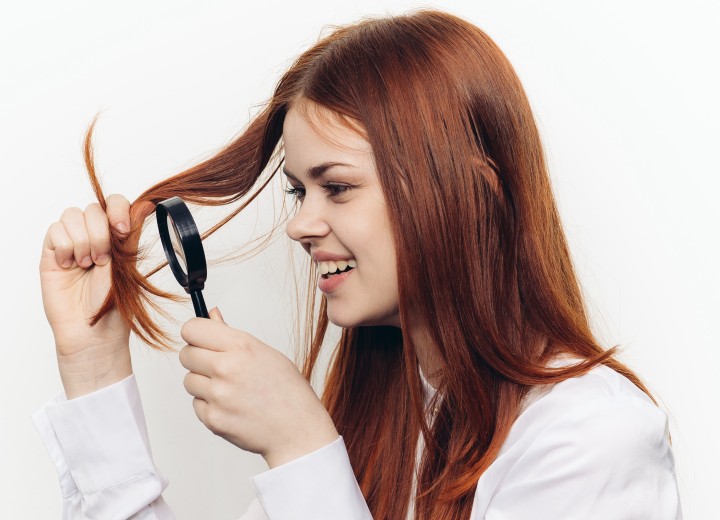
A: The best way to answer this question is to reverse the two parts. First, your hair grows from follicles within the skin. The part of the hair inside the follicle (below the skin's surface) is known as the hair root, while the portion you see protruding from the head is the hair shaft. At the base of the hair root is the hair bulb where nutrients are received and new cells are formed.
Taking nutrients from the dermal papilla, the hair bulb generates new hair cells. As these cells move up through the hair root, they mature through a process called keratinization, fill with fibrous protein and lose their nucleus. When the cell loses its nucleus, it is no longer alive. By the time the hair emerges from the skin, it is merely fiber made of keratinized proteins.
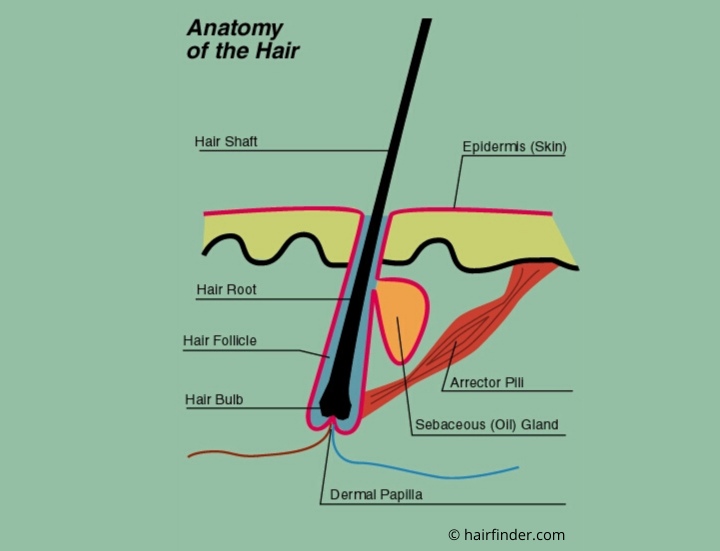
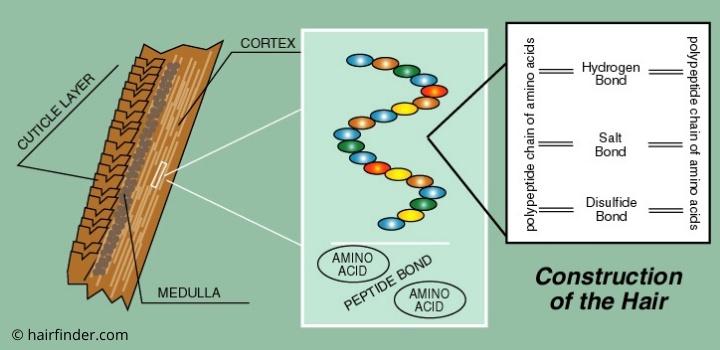
The fibrous protein emerging from the hair follicle as the hair shaft has a specific construction. It forms a strand with three layers: an outer covering of overlapping keratin scales called the cuticle, a middle layer of keratinized protein fibers called the cortex, and, usually, a central 'core' of round cells called the medulla. A medulla is almost always found in coarse hair and often is absent from naturally blonde hair and very fine hair.
In fact, your hair is approximately 91 percent protein and is made up of long chains of amino acids. These chains are found within the fibers of the cortex of the hair. The amino acids of these chains are made up of the elements carbon, oxygen, hydrogen, nitrogen, and sulfur (are also the building blocks of the skin and nails) and are joined together by peptide bonds. Long chains of these peptide bonds are called polypeptide chains.
The polypeptide chains are in turn joined by side bonds. There are three types of side bonds: salt bonds, hydrogen bonds, and disulfide bonds. The salt and hydrogen bonds are most prevalent, but are weaker and are broken by heat and moisture. It is the action of salt and hydrogen bonds that allows the use of wet roller sets and curling or flat irons to change the amount of curl in the hair.
Disulfide bonds are fewer, but are much stronger. When you get a permanent wave service, or a relaxer, it is the disulfide bonds that are broken and reformed to give you the change in the amount of curl. Each type of side bond accounts for about one-third of the hair's strength.
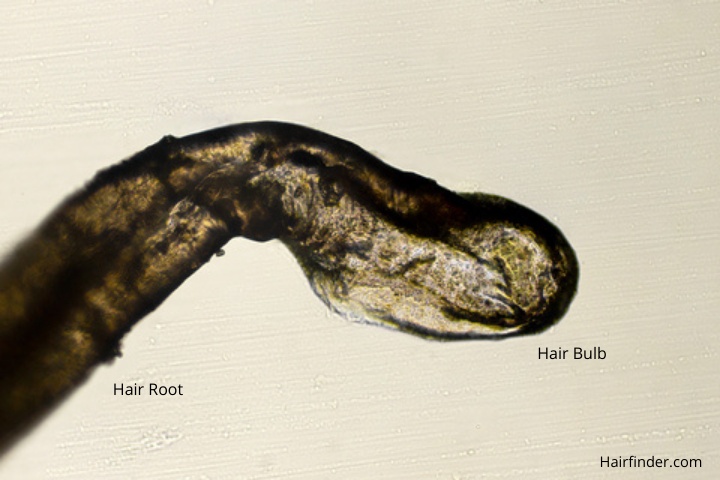
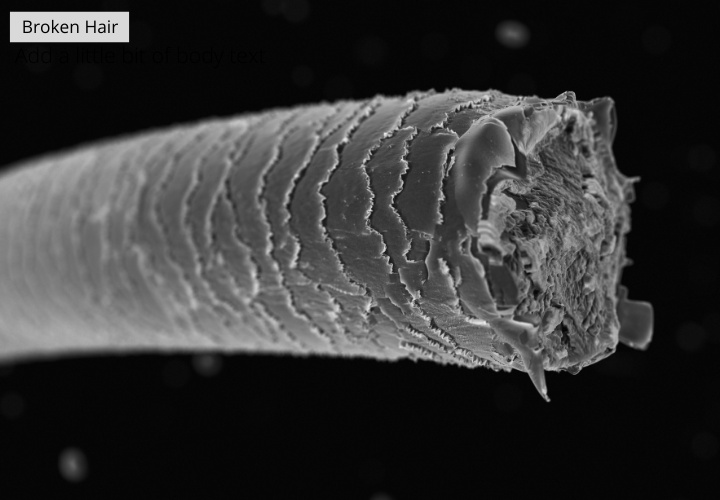
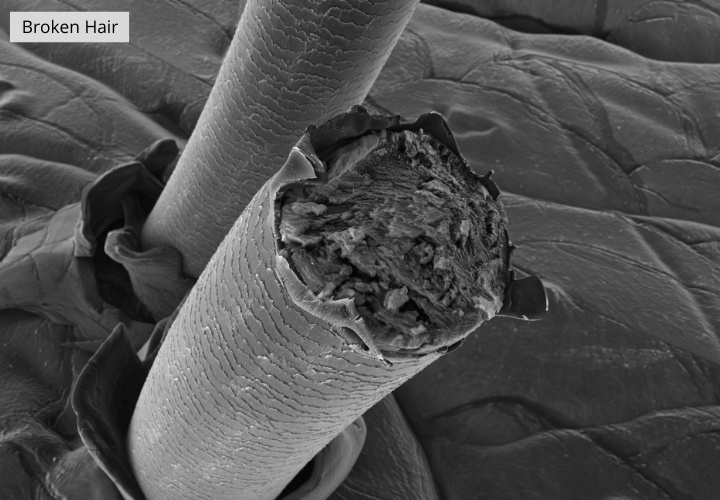
See also:
How fast does hair grow?
The different hair growth phases
